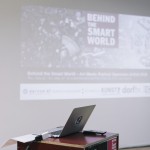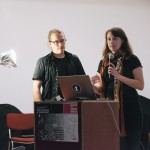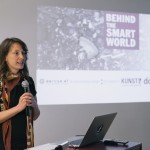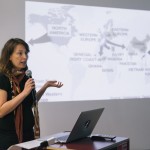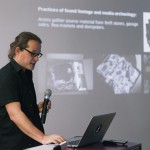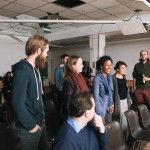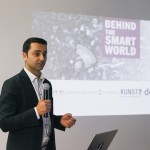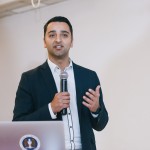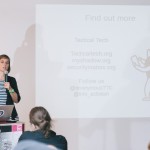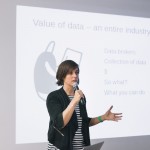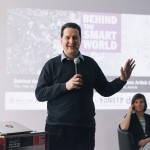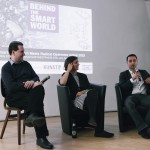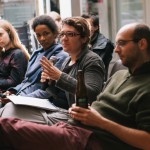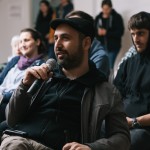Thursday, May 21st, 2015, Expert talk evening at Kunstraum Goethestrasse xtd:
Thursday evening we started the first ‘Art meets radical openness’ Artlab at the Kunstraum Goethestrasse xtd. Linda and Andreas introduced the Artlab topic “Behind the Smart World” and talked about their artist-in-residence in Ghana last summer 2014. They brought back 22 hard drives that they were partly able to access the data. Others were rescued by the ECS Solutions who have their main office here in Linz, Austria.
Can Sinitras from ECS Solutions introduced his company and gave an insight to data recovery. Fieke Jansen from Tactical Tech Collective talked about data broker. Both talks were recorded by Dorttv.at. Thank you a lot for that!
Dr. Michael Sonntag from the Johannes Kepler university talked about data forensics with a special focus on our upcoming project.
Here is an excerpt of my notes:
Computer and data forensic is about obtaining evidence to be used in criminal court cases. It’s about finding evidence about the history of the user, and not to assume what the user might have done or not. In forensics you need to get more information that just one image so that there are no doubts left that things just happened by accident. Forensics is also about integrity, meaning you don’t change anything during your investigations. So the changes should be able to detect.
So from a forensic point of vies the hard drives are useless, this doesn’t mean that we cannot do interesting artworks with them.
A classification of data from a forensic perspective:
1.) Obvious data: a photo, a chat log, etc.
2.) Invisible data: data that has been deleted, and it can be restored. log files that are automatically created by the computer are interesting to see how the person was using the pc. metadata of images (exif data)
passwords are of course interesting to retrieve them, even when they are hashed or encrypted.
3.) Correlation data: more data of a person can identify the person and can become problematic. he recommends to mix several hard drives to mashup data.
Some recommendations:
- There is for sure personal data on the disks. Privacy issues are problematic when we use this data and expose it in an exhibition or something similar.
- Mix the data of the hard drives to avoid identifying one person.
- Anonymisation of texts, images, etc. If harmless info ends up online, it can be searched and found and maybe the owner of the data won’t be happy about it.
- Don’t use the data as it is, change/modify it in a way.
- Use only parts of the hard drives, make a strong selection and don’t use everything of one HDD.
- Passwords in combination with usernames, medical records, insurance numbers, serial numbers from programs are potentially problematic to expose.
- Take care about the invisible data.
- Use the information as a motive, don’t use the emails, but use them as an inspiration.
- Keep the original data to your self and encrypt it in a way if possible. Publishing art based on them is one thing, publishing the original hard drive is another thing.
- He suggests to physically destruct the hard discs (don’t use microwaves, it’s useless, use some better force!)
Here are some photos by Florian Voggeneder from the evening:
